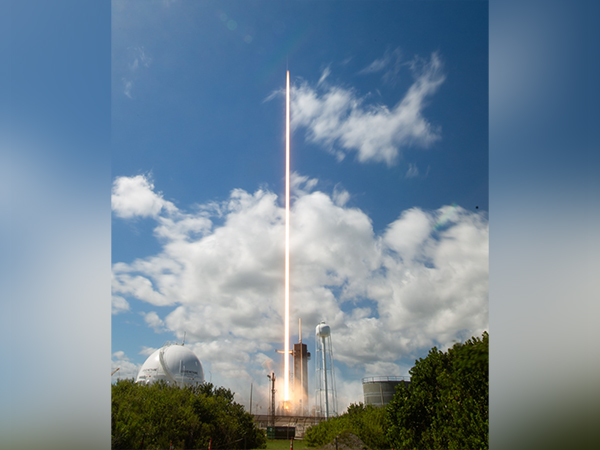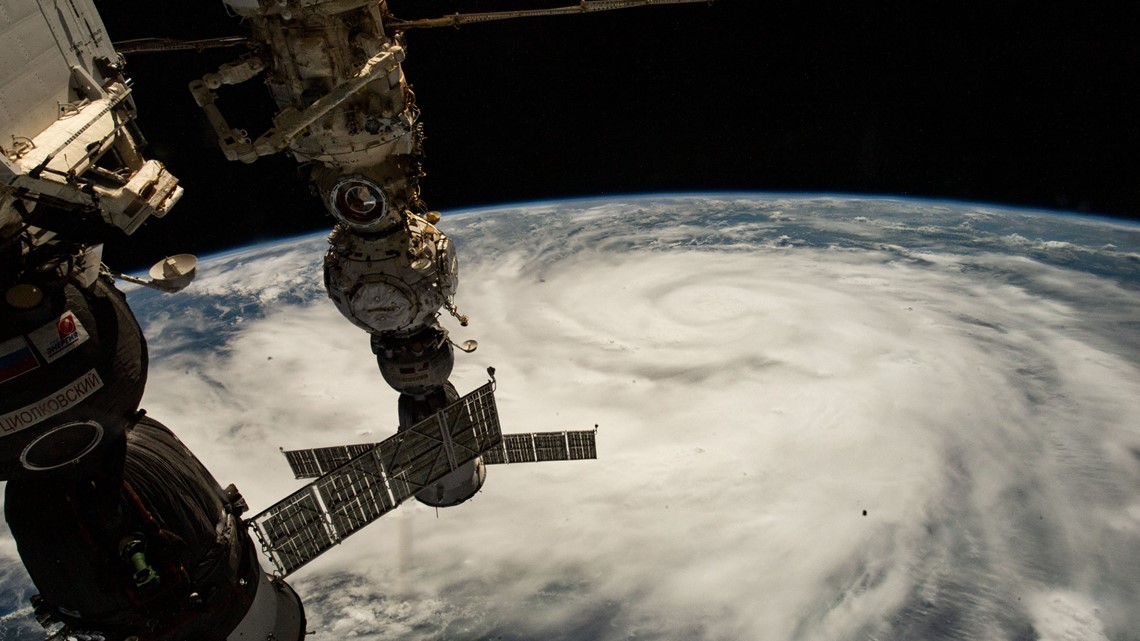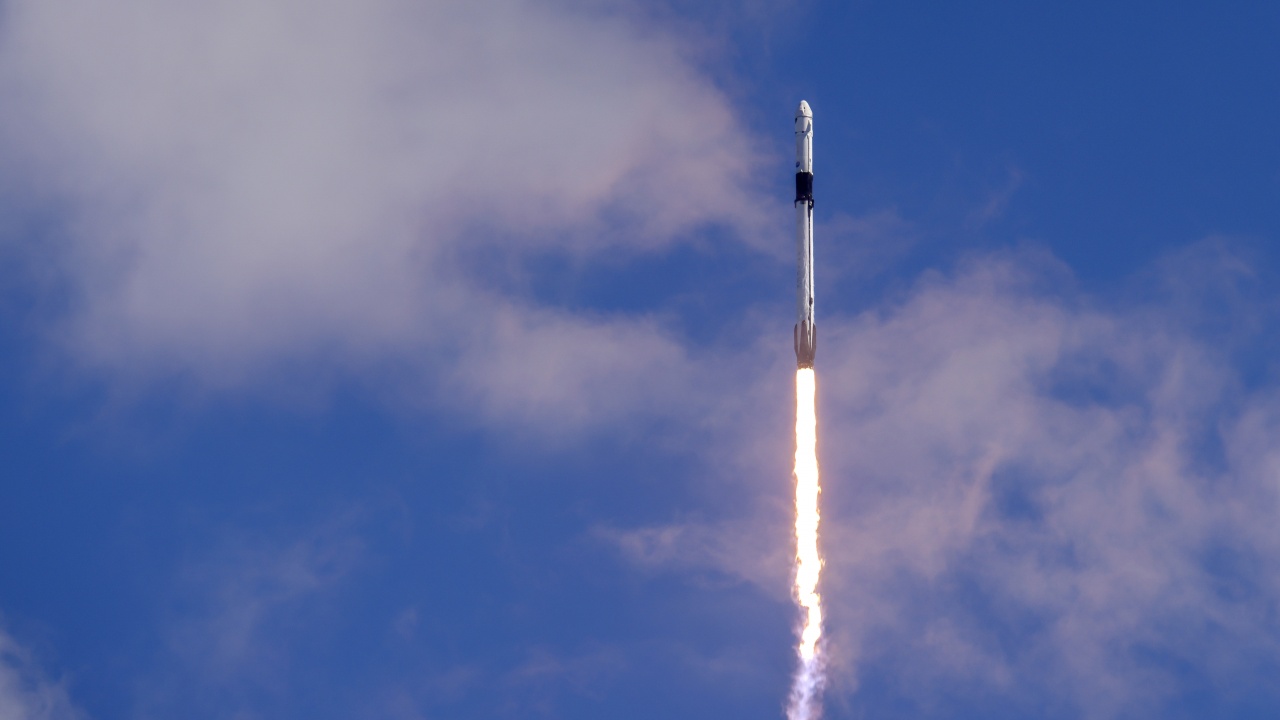

Forum for Question and Answers on FUNcube Satellite and Dashboard App.Using the FUNcube Materials Science Experiment in the Classroom.If adjusting for Doppler shift manually try tuning the uplink frequency while transmitting to keep the downlink frequency constant. Please use a maximium uplink power of 5 watts to a 7 dBi gain antenna (25 w EIRP).

Transponder is only active during night passes and at weekends Passband may be up to 15 kHz higher depending on on-board temperaturesĮducational Telemetry beacon is 300 mW during day and 30 mW at night.
International space station live how to#
How to work the ISS on APRS Packet Radio
International space station live full#
The group produce a quarterly publication OSCAR News that is full of information on the Amateur satellites. Its members are involved in the construction of new Amateur Radio satellites and in running the stations used for ISS school contacts and. The Amateur Satellite organisation in this country is AMSAT-UK. To get maximum signal you ideally need a radio that tunes in 1 kHz or smaller steps to follow the shift but in practice acceptable results are obtained with the radio left on 145.800 MHz. During the 10 minute pass the frequency will move lower shifting a total of 7 kHz down to 145.7965 as the ISS goes out of range.


This Doppler shift will cause the ISS transmit frequency of 145.800 MHz to look as if it is 3.5 kHz higher in frequency, 145.8035, when ISS is approaching your location. This high speed makes radio signals appear to shift in frequency, a phenomenon called Doppler Shift. The International Space Station is traveling around the Earth at over 28,000 km/h. There are a number of websites that tell you when to listen such as the N2YO site.Īstronaut Sunita Williams KD5PLB on the ISS This means you need to make sure you’re listening at the right time to hear it. The ISS is in a very low orbit and so is only in range 5 or 6 times each day and then only for a maximum of 10 minutes on the best orbit. You should never transmit on 145.800 MHz. If you are lucky and hear them calling CQ just remember to activate your rigs repeater shift to ensure you reply on the correct frequency. When the astronauts put out a CQ call they also use 145.800 MHz FM but operate “split” listening for replies 600 kHz lower on 145.200 MHz. In recent years a number of UK schools have made contact with the space station thanks to volunteers from AMSAT-UK. These educational contacts enable students to communicate directly via Amateur Radio with the Astronauts and ask them questions. The ISS amateur radio station is used for school contacts. You can check the current mode of operation on the AMSAT Satellite Status page. The aim to start with is simply to listen to the sounds from the satellite. (Note: Packet digipeater is no longer active)Īstronaut Susan Helms KC7NHZ having a contact Voice and SSTV transmissions take place on 145.800 MHz FM, the AX.25 packet may be heard on 145.825 MHz FM. It can act as an AX.25 APRS Packet Repeater, voice repeater or transmit Slow Scan Television (SSTV) pictures. Much of the time the Space Station equipment operates in “automatic mode”.


 0 kommentar(er)
0 kommentar(er)
